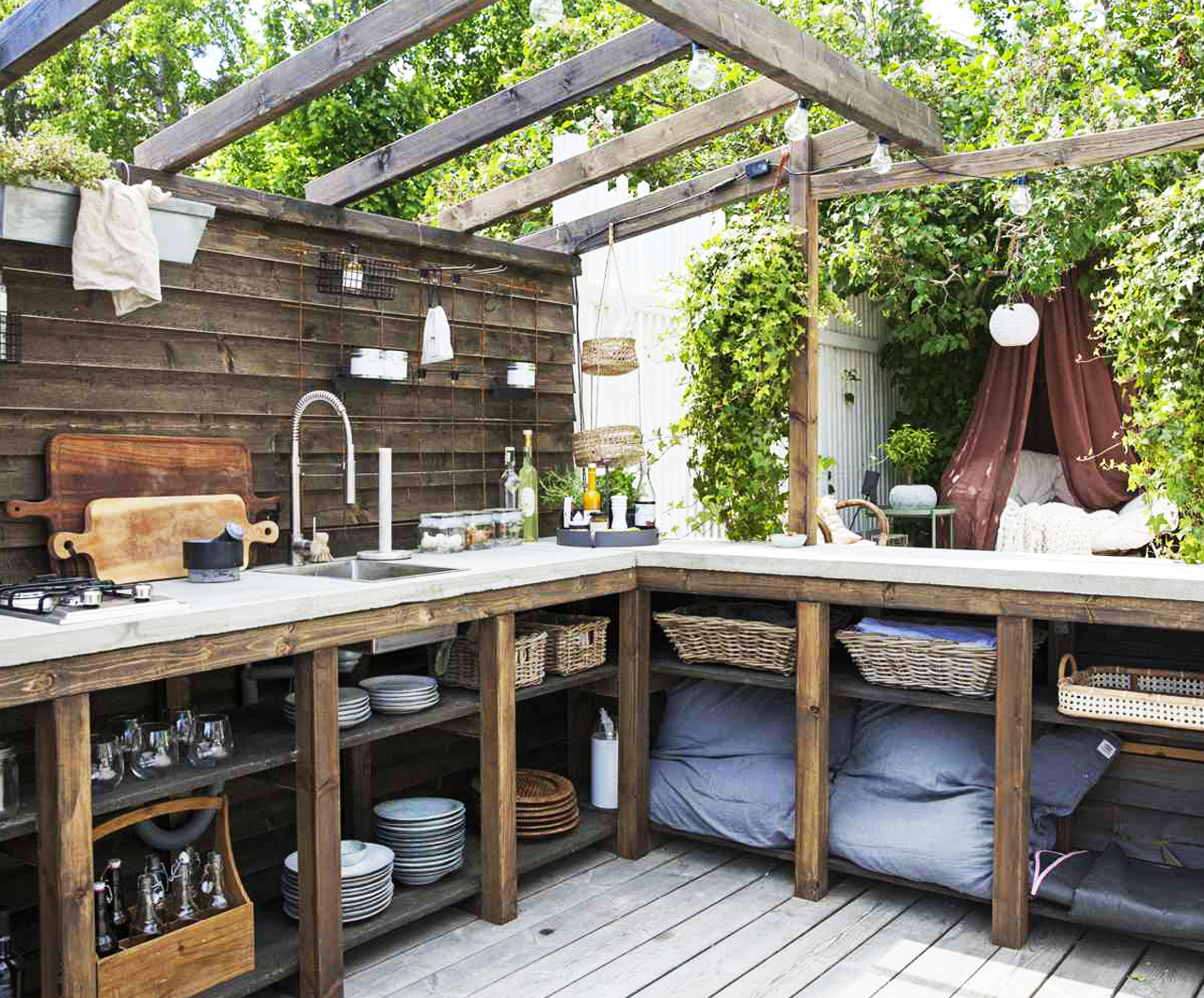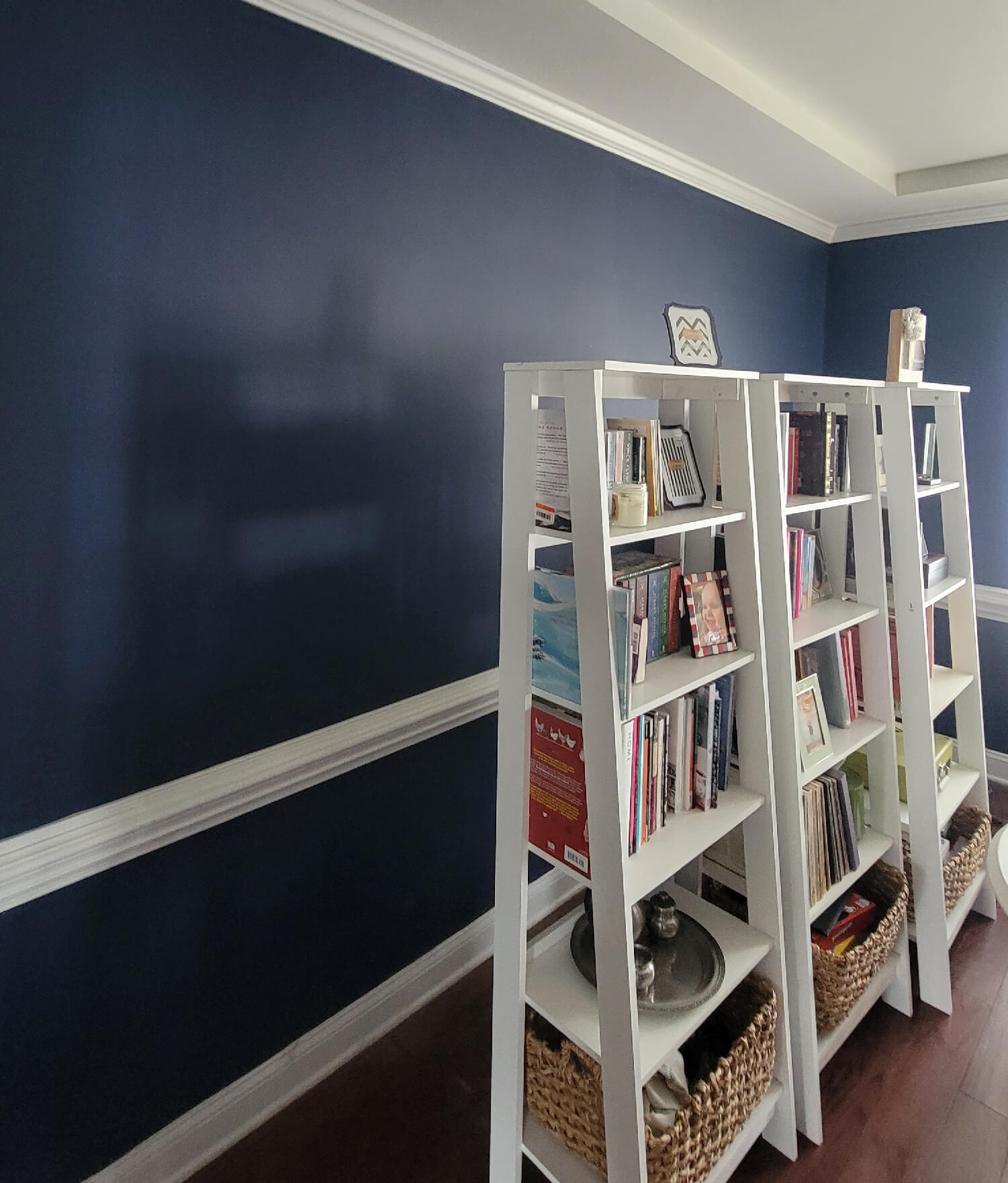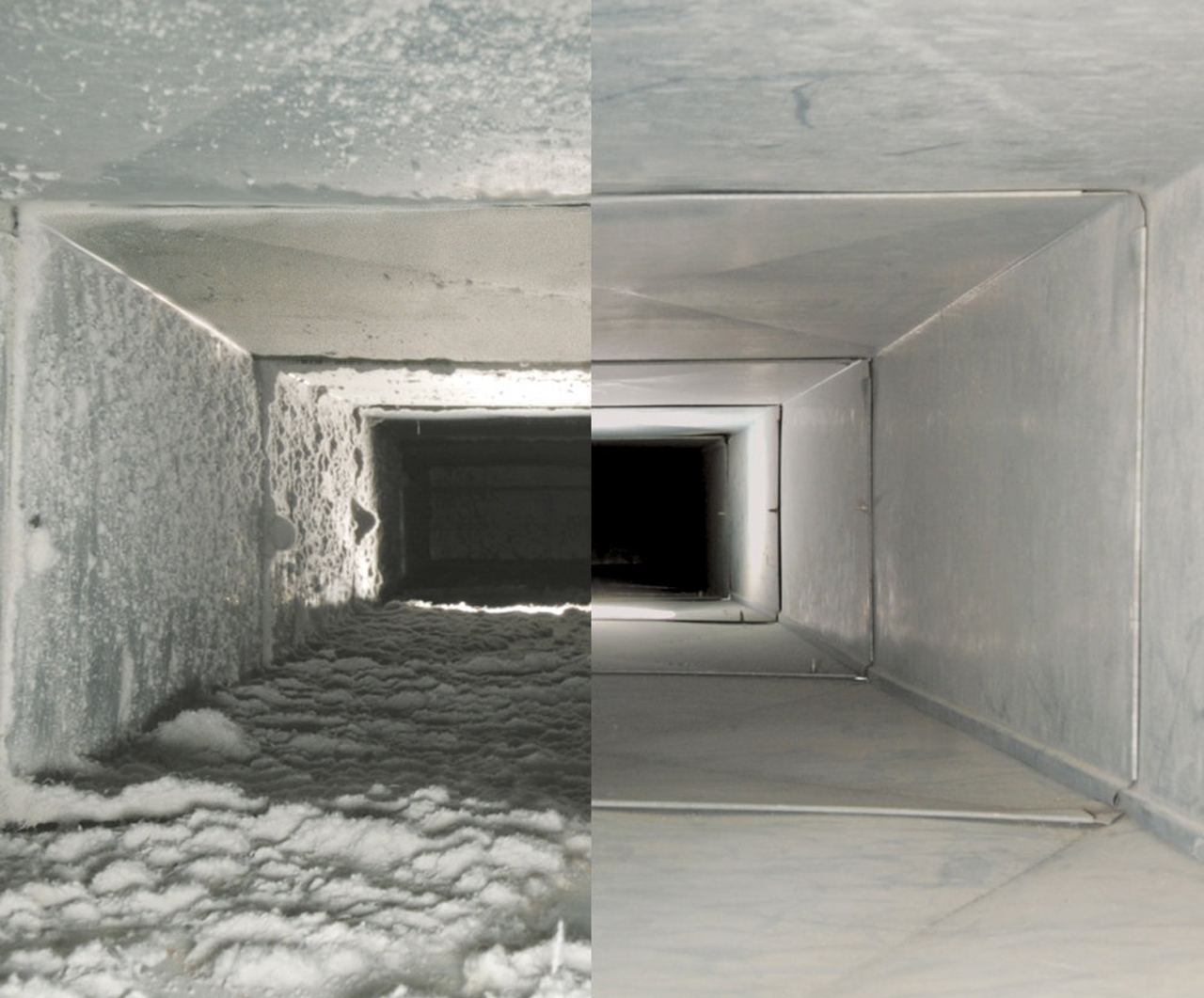When Designing Your Outdoor Kitchen: What to Expect From Us
At Fisher’s Home Pros, we only employ skilled artisans to ensure a superior final product. To help you out with your project, we have assembled a team of specialists. This allows us to provide our clients with top-notch service and an easy design process.
In this manual, you’ll find information on working with us and about the qualities that make us stand out from the competition. If you invest in an outdoor kitchen from us, you’ll get the best products, service, and advice in the business.
Fisher’s Home Pros Advantages and Their Traits
We guarantee premium supplies and meticulous workmanship. Please see below for a summary of the services we provide.
Strength and Durability
With regular upkeep, our kitchen cabinets are built to last a lifetime. Everything from our hinges to our soft-close drawers to our magnets and gaskets is made to withstand the elements and look great outside.
Patterns and Tone
Powder coats that withstand the sun’s rays come in a wide variety of colors, textures, sheen levels, metallic, and wood grains. To complement the look of the building, we provide a variety of door designs and knob options.
Minimal Upkeep
Stainless steel is the most long-lasting option for outdoor kitchens, but it needs regular cleaning and polishing to look and function like new. Rust and corrosion can form on bare stainless steel if it is not maintained properly. Our powder coat finishes protect against this danger, making our cabinetry simple to clean with soap and water.
Special Order Item
Each Outdoor Kitchen is custom built to order so that it perfectly matches your vision. By following these steps, we are able to design a personalized kitchen for each of our clients. Each and every kitchen is a work of art.
Simple Setup Procedures
Our kitchens range in size and layout, but despite this, set up is a breeze. Smaller works may be completed in a matter of hours to a couple of days with the help of a skilled installation on site.
Helping Out Customers
Our dedication to our clients extends beyond the point of sale. If you have any queries concerning your project, our team of professionals is here to help. We guarantee that any problems you have after installation will be fixed.
Recourses
We provide a wide variety of tools to help you complete your Project. You can find helpful materials like digital libraries and spec sheets on our Resources page. For more ideas for your outside area, check out our Gallery of Projects or Care and Cleaning Guide.
Design
Our professional staff can produce designs, as well as price estimates, to aid in your design process. There is a nearly infinite number of combinations possible with the various cabinetry kinds, door styles, and colors.
Having an idea for an outdoor kitchen that you wish to make a reality is the first step. Contact us with your ideas for an outdoor kitchen, and we’ll be there to help every step of the way. The kitchen design experts on our team have worked on many projects. If you work with Fisher’s Home Pros, you’ll get a top-notch outdoor kitchen and excellent service, among other benefits.
Talk to us!
In addition to assisting those in the building trades, many curious homeowners have contacted us for advice on erecting an outdoor kitchen.




